Plafonnier ME Marbach//Model Marbach 2609 /Years 1960
The Austrian designer-entrepreneur Julius Theodor (JT) Kalmar was born in 1884 in Vienna. He is the son of Julius August Kalmar, the founder of the eponymous brand specializing in chandeliers and other bronze objects. Julius Theodor Kalmar enriched himself with design expertise during his formative years. Julius Theodor Kalmar studied at the Birmingham School of Art as well as at Vienna's University of Applied Arts under the tutelage of the architect of the Viennese secession Josef Hoffmann (1870-1956). Julius Theodor Kalmar joined his father's business in 1906, eventually taking it over in 1913. As a strong supporter of the Arts & Crafts movement, he steered the business away from the eclecticism of the late 19th century. Julius Theodor Kalmar's design aesthetic is characterized by the integration of form and function and a blend of classic tradition and forward-looking innovation. In the mid-1920s, his designs dominated the important avant-garde furniture store Haus & Garten, founded by major architects Josef Frank (1885-1967) and Oskar Wlach (1881-1963). In the 1930s, Julius Theodor Kalmar began to collaborate with the Austrian Werkbund, an association founded by architects, manufacturers and craftsmen brought together by the principles of modernist design. For the Werkbund, Julius Theodor Kalmar creates a series of glass chandeliers and fixtures that show meticulous construction and craftsmanship. Using traditional materials like glass, bronze, and brass, these designs lacking in ornamentation promote a clean aesthetic. During his career Julius Theodor Kalmar designed lamp fixtures for many renowned architects including Josef Frank and Oskar Wlach, Oskar Strnad, Clemens Holzmeister, Oswald Haerdtl, Carl Appel, Erich Boltenstern and Ernst Plischke as well as for important institutions such as the Vienna Opera, Burg Theater and Vienna Stock Exchange. In the last decade of his life, Julius Theodor Kalmar developed a very popular collection of lamps including Tulipan (c. 1960s), Ice Glass (1960s) and Atomic (1969). Julius Theodor Kalmar died in 1968 but the company continued to exist under the management of his stepson Rudols Calice. Today, it is Thomas Calice, a member of the fourth generation of the family who runs it. The Kalmar lighting brand is present in some of the most important places in the world such as the RMS Queen Mary 2, the Kremlin's Presidential Palace in Moscow and the Burj Tower in Dubai



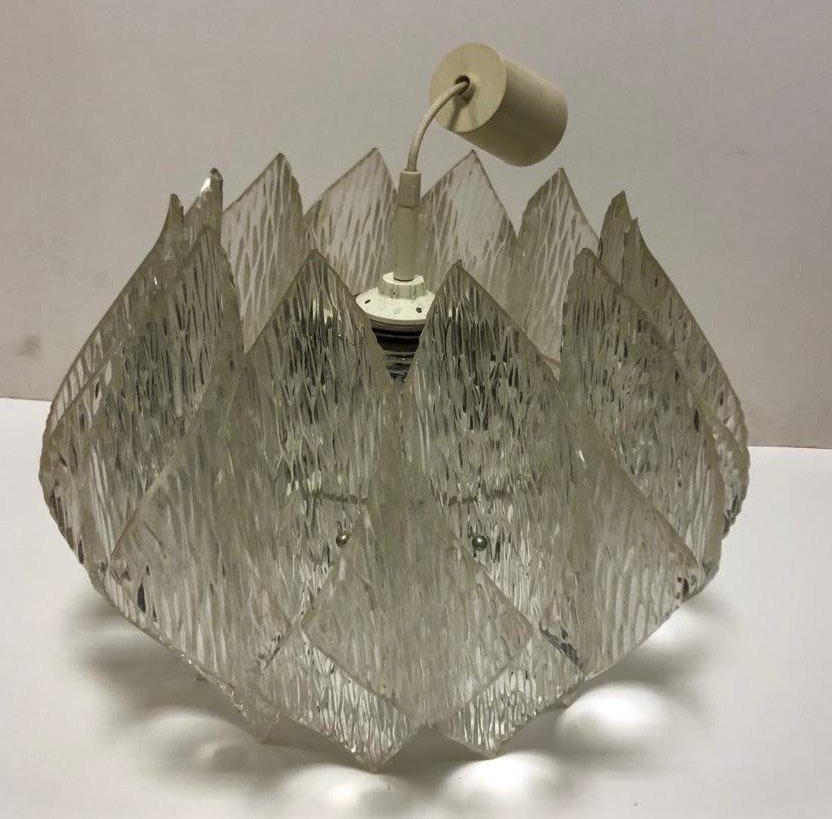
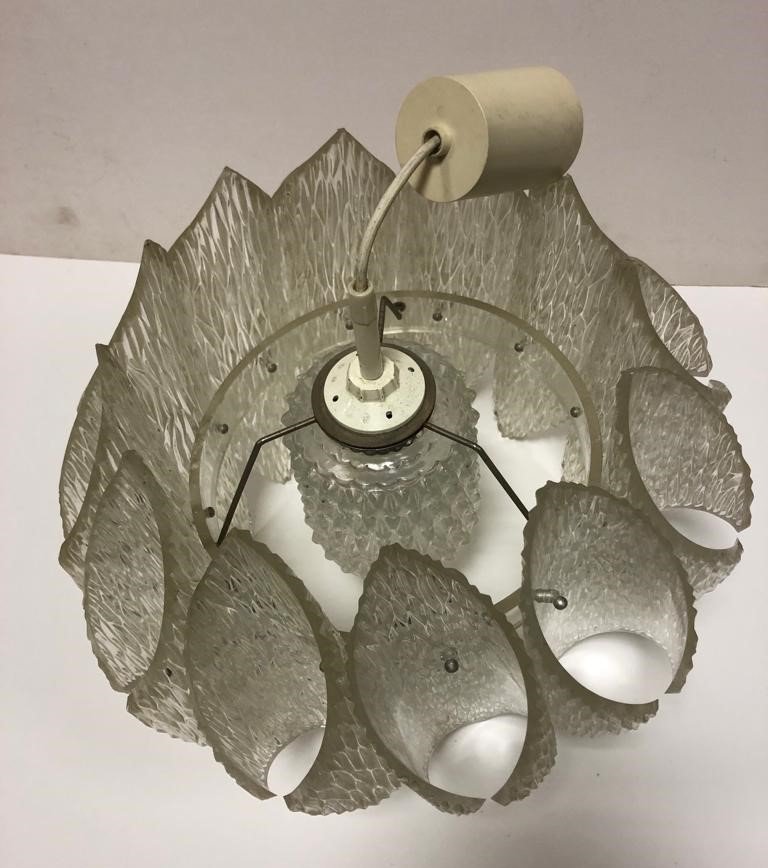
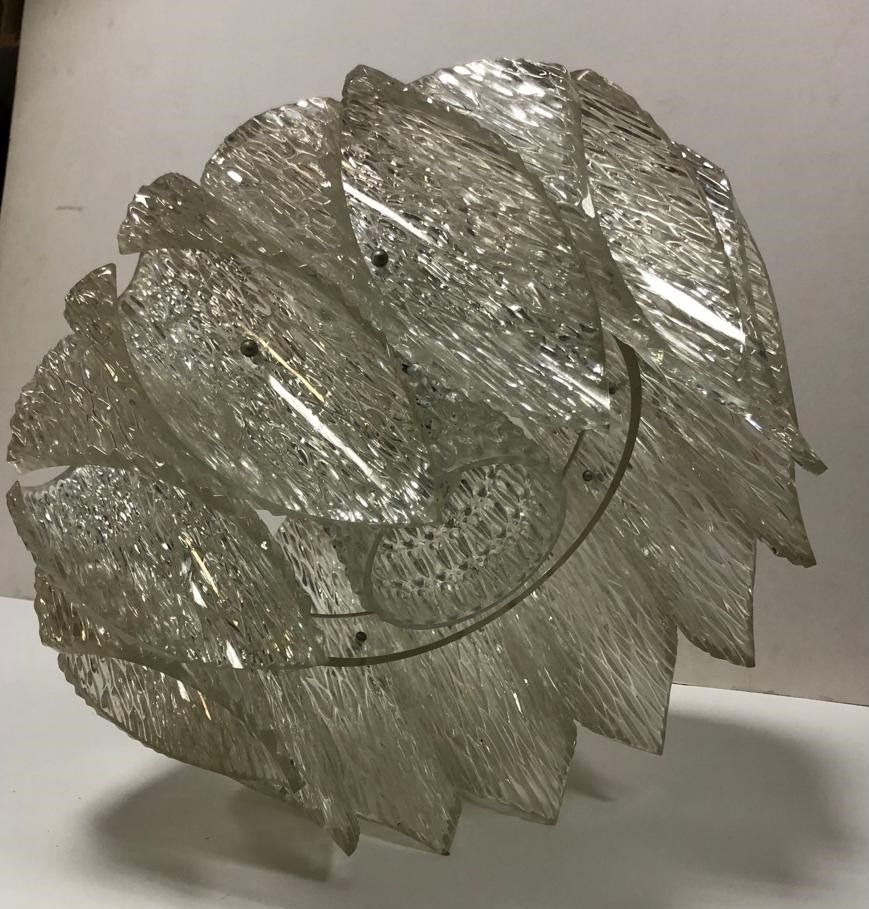
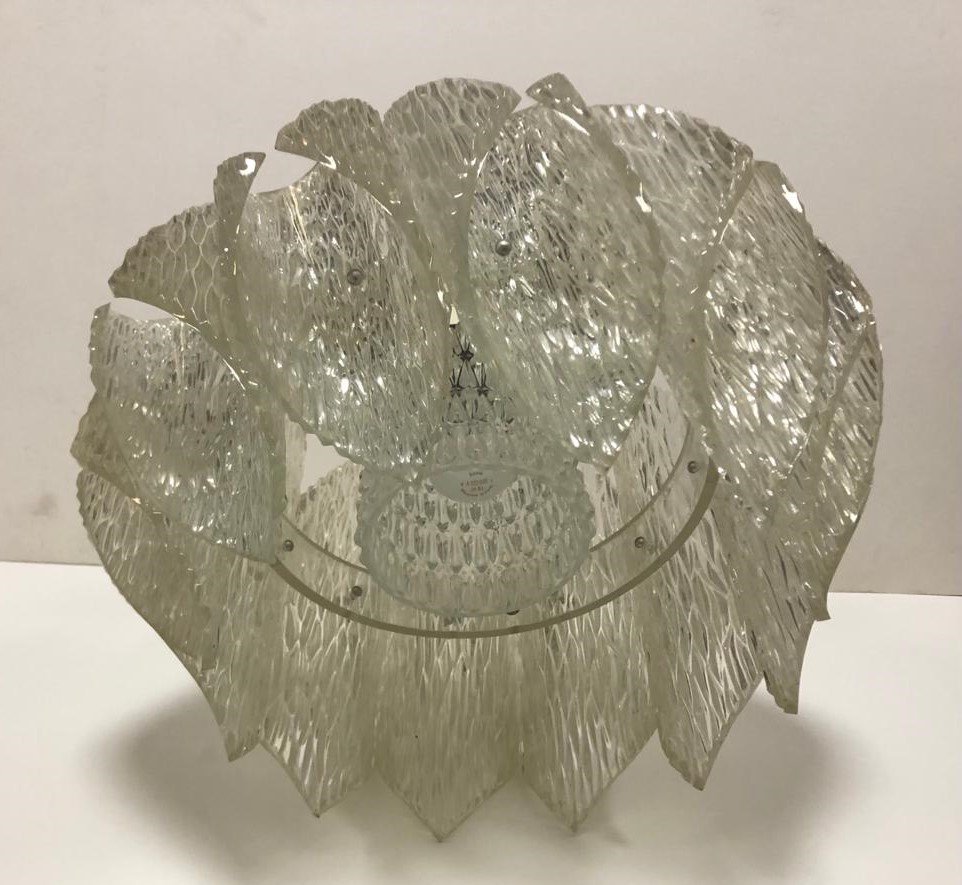
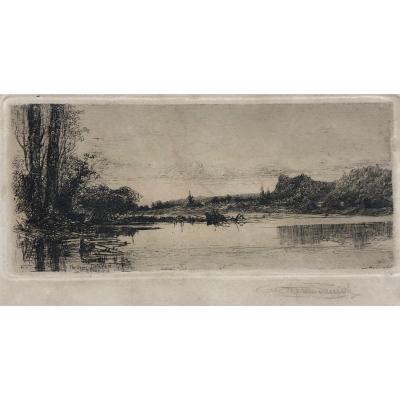

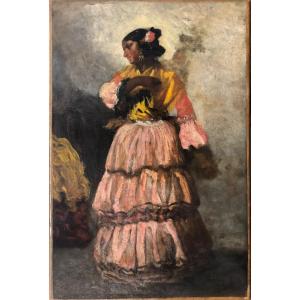

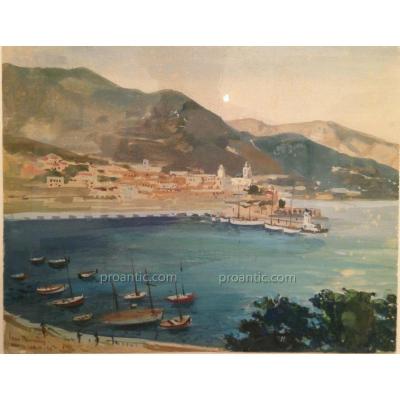

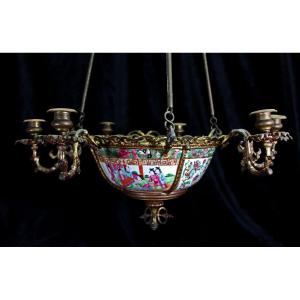
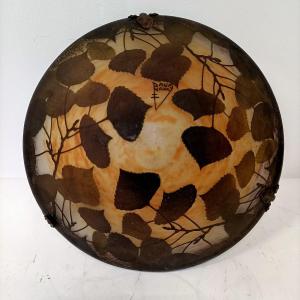
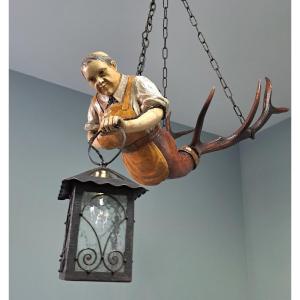






 Le Magazine de PROANTIC
Le Magazine de PROANTIC TRÉSORS Magazine
TRÉSORS Magazine Rivista Artiquariato
Rivista Artiquariato
